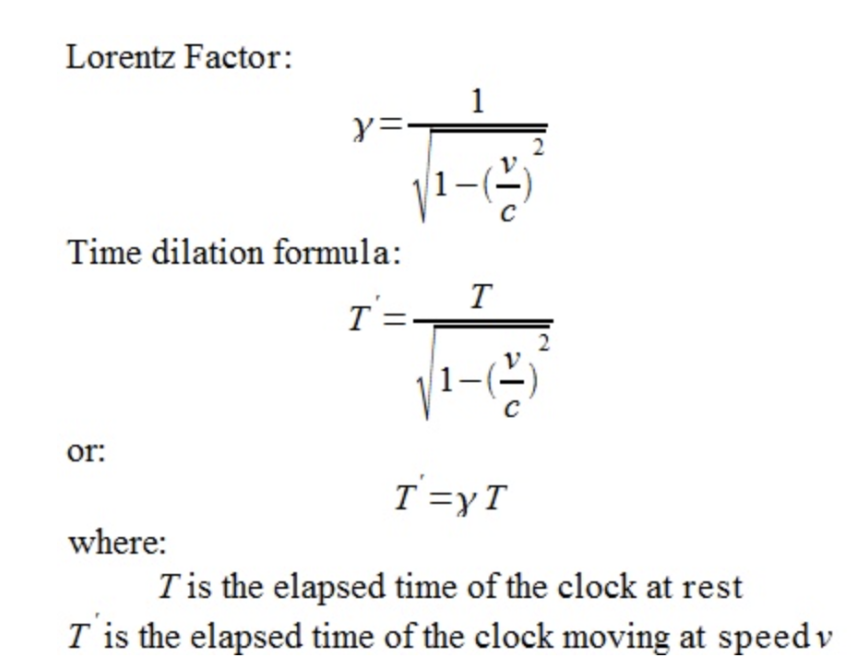Why Trust the Bible - Week 6
Chapter 5: But Can I Trust You?
Week 5 Highlights
- We looked at the development of the New Testament canon, including how and when documents were collected and agreed upon by church leaders.
- We discussed choosing versus receiving the Word of God.
- We reviewed the 4 criteria for accepting early church writings as canon:
- Apostolicity
- Antiquity
- Orthodoxy
- Universality
- We discussed the term Apocrypha and the differences between Old Testament and New Testament applications of the word.
- We explored the apologetics bonus question of “If evil exists, how can God be good and loving?” We looked at what it means for something to be ‘good’ and how justice is delayed, not denied.
Chapter Question
If the writers of the New Testament aren’t trustworthy, then what are the alternatives? List and describe the 4 alternatives listed on pages 82-83.
- They may have written for a non-historical purpose, constructing fictional legends.
- They may have had a deceitful purpose, attempting to trick people with a hoax.
- The authors themselves may have been deceived, thus unwittingly passing along the deception.
- Their accounts may have just been hopelessly confused, contradictory and error-ridden.
Are there any clues in the New Testament scriptures to suggest that the authors are NOT trying to write historical accounts? If so, where? If not, how do the Gospel authors state their purpose for writing?
Over and over again, the authors plainly state that they are giving us an account of events that happened so that we can have certainty and believe what happened. John, for one, outright says that his account is of what was seen, what was heard, and what was real.
Why is it exceedingly unlikely that the biblical authors were being deceitful?
- All of the New Testament works were written within 3-4 decades of the life of Jesus, while plenty of eye-witnesses were alive who could have rebuked false claims.
- The gospel writers were not prominent, making them unlikely choices to pull off a large scale hoax.
- The apostles and gospel writers were terribly persecuted and murdered, so there was ZERO motive for pulling off a hoax.
- There are just too many personal failures and embarrassments included in the gospels that wouldn’t have been included if the writers were trying to make themselves look good.
Why is it exceedingly unlikely that the biblical authors were deceived themselves?
- Mass hallucination doesn’t make sense. Hallucination is a personal experience. Plus, numerous groups reported seeing the risen Jesus in different places at different times over a number of weeks.
- The idea that the disciples were “wishfully thinking” Jesus would be resurrected can be disputed because resurrection had a very specific meaning to first century Jews that didn’t involve an individual rising. At that time, the Jews thought of resurrection as an event that would only happen at the end of times when all of the dead would rise together. Additionally, the disciples are described as having unbelief in regard to the resurrection.
- The argument that the oral tradition was somehow corrupted doesn’t hold up because of the length of time between the events (recorded by those who were in contact with Jesus) and the original manuscripts of the events was so short. Letters were written to churches and gospel stories were recorded within 30 years of Christs’ death, which is historically, a short time.
Why is it exceedingly unlikely that the biblical authors were simply confused?
It’s reasonable to say that every alleged contradiction, inconsistency or error has been met with at least one plausible resolution, if not more. Discrepancies in eye-witness accounts do not mean that _nothing _happened. It is actually more convincing that the accounts were not all recorded exactly the same.
Apologetics Bonus
DISCLAIMER: When we’re discussing apologetics, it’s important to understand that responses to these questions can never be deemed “The Answer.” We are all human. We have wildly differing worldviews and opinions. In many of these cases, the answers and logic chains we present are simply potential answers to a question, and not reflective even of our own opinions.
The goal here is to make you think; to engage you with the concepts and issues.
And remember, we are human, and God is not. Arminians argue with Calvists, atheists with theists, and on and on. Our tendency will always be to anthropomorphize God. This is an error, and leads to hubris, rather than humility. To remain humble, we must always realize that God is above time, space, matter and energy.
Trying to understand God’s ways are akin to an ant trying to build a Tesla.
HOW OLD IS THE EARTH?
In a nutshell? It depends on who you are…
Why does it matter?
Let’s look at 2 different testimonies from blog commenters on Natasha Crain’s popular apologetics blog…
“My son is 18 and just announced that he no longer believes in God. We brought both of our children up in church, and he alone made the choice to be saved and baptized. When he got older, he started hanging out with server kids who were atheists. He started changing his views on religion. I fought back with truth but felt like I was in a fight I couldn’t win. I was defeated by all the scientific arguments I couldn’t answer. I need stronger knowledge for the fight yet before me.” - Mom
“As a student in public high school, I took a course in anthropology. Our teacher decided we should have a debate on creationism versus evolution. Being an outspoken Christian, I was nominated to debate the [young-Earth] creationism side. Having little to no understanding of the subject myself (I had never put much thought into the topic other than what I had been taught as a child), I attempted to valiantly argue for a literal six-day creation. The other side crushed me, and I felt the full brunt of shame for not being able to defend myself or my views, deeply held as they were to me. It was a seminal moment in my life. It led me to question many of my previously deeply held beliefs, and I nearly walked away from faith entirely over the course of the next year.” - Student
“The science involved in the origins debate is very frequently the sole dividing line between Christian faith and atheism - for kids and adults alike.”
- Natasha Crain
| YOUNG EARTH CREATION | OLD EARTH CREATION |
|
|
** NOTE: Both Young & Old Earth creationists believe that God created (no through Evolution, capital E).
DIFFERENCES IN BIBLICAL TIMELINE OPINION
| YOUNG EARTH | OLD EARTH | |
| CREATION OF EARTH | 4081 BC | 4,560,000,000 BC |
| ADAM & EVE | 4081 BC | 4081 BC |
| NOAH | ||
| SHEM → TERAH | ||
| ABRAHAM | 1951 BC | 1951 BC |
| EXODUS | 1446 BC | 1446 BC |
| SOLOMON | ||
| KING AHAB | 851 BC | 851 BC |
| US | AD 2022 | AD 2022 |
MAINSTREAM SCIENTIFIC METHODS OF DATING THE EARTH
| METHOD | ESTIMATED AGE |
| Tree Ring | 11,000 yrs |
| Ice Core | 300,000+ yrs |
| Varve Layers | 6,000,000+ yrs |
All three methods above have similar accuracy problems & objections:
- Layers don’t always develop at a truly constant rate
- The Flood would dramatically change the historical of any of these, being a catastrophic event
- The Appearance of Age Theory (Adam was never an infant)
IMPORTANT METHOD: Radiometric Dating
Radiometric dating has to do with isotopes. An isotope is when an atom of a particular element has more neutrons than protons.
Example: Carbon (6+ / 6n) → Carbon-14 Isotope (6+ / 8n) → Decays into Nitrogen (7+ / 7n)
Key Point: The rate of radio-active decay is constant. You can set your clock by it.
Carbon (or not) Dating
Carbon-14 is a common isotope, but it decays relatively fast and is only found in things that were once living.
Today, we have better isotopes to date measure against. Best example is Uranium-235 → Lead-207.
Based on measuring the rate of radioactive decay from Uranium-235 → Lead-207 scientists get the estimation of 4.65 billion years for the age of Earth.
Young-Earth says…
Radiometric dating…
- Assumes the original conditions of the rock are accurately known
- Assumes that the isotope & corresponding element have not been impacted by other factors
- God’s curse or the Flood may have started with miraculous intervention of radioactive decay rates
- Isn’t always accurate on rocks of known ages, so the scientific community gives it too much credit as trustworthy
IMPORTANT METHOD: Measuring Distant Starlight
The sun is 93 million miles away.
Light travels at 186,000 miles per second.
93,000,000 / 186,000 = 500.
Therefore the light we see left the sun 500 seconds ago (or roughly 8.3 minutes).
Key point: We can see light from galaxies that are billions of light years away, therefore they must have existed long enough for us to see them.
Young-Earth says…
Let’s talk about Time Dilation.
Time Dilation
The concept of time dilation is that with respect to two observers in inertial regions, time will be dilated (lengthed) for an observer who is moving relative to another observer.
Calculating this difference uses the Lorentz Factor…

Example:
If a team of astronauts decided to take a 2 light year journey at 0.8c (or 80% of the speed of light), for those of us on earth, they would be gone 10 years, while from their perspective, they would only have been gone (and aged) 6 years.
Key Point: Young Earth Creationists posit that because the rate at which time flows is not constant, light that would presumably take billions of years to get here, as measured by clocks in deep space, could reach the Earth in thousands of years, as measured by clocks here. Put more simply, the light is younger than it looks, and we simply lack the clock to measure it’s rate of travel.
IMPORTANT METHOD: Expansion of the Universe
Remember Edwin Hubble? This concept puts his discovery to good use.
- Because of old Edwin, we know the universe is expanding
- So we measure the rate of expansion, and estimate a point of origin in space.
- This estimates the origin of the Universe at 13.8 billion years ago
Young Earth says…
Take a look at Isaiah 40:22 (along with other verses) that talk about God “stretching” out creation with his hands.
Key Point: If God supernaturally “stretched out the heavens,” we can’t assume that the universe has always been expanding at the same rate.

